How to eat seasonally in April, from lamb and Jersey Royals to 'one of the true glories of the British year'
Tom Parker Bowles shares his advice for seasonal eating in April.
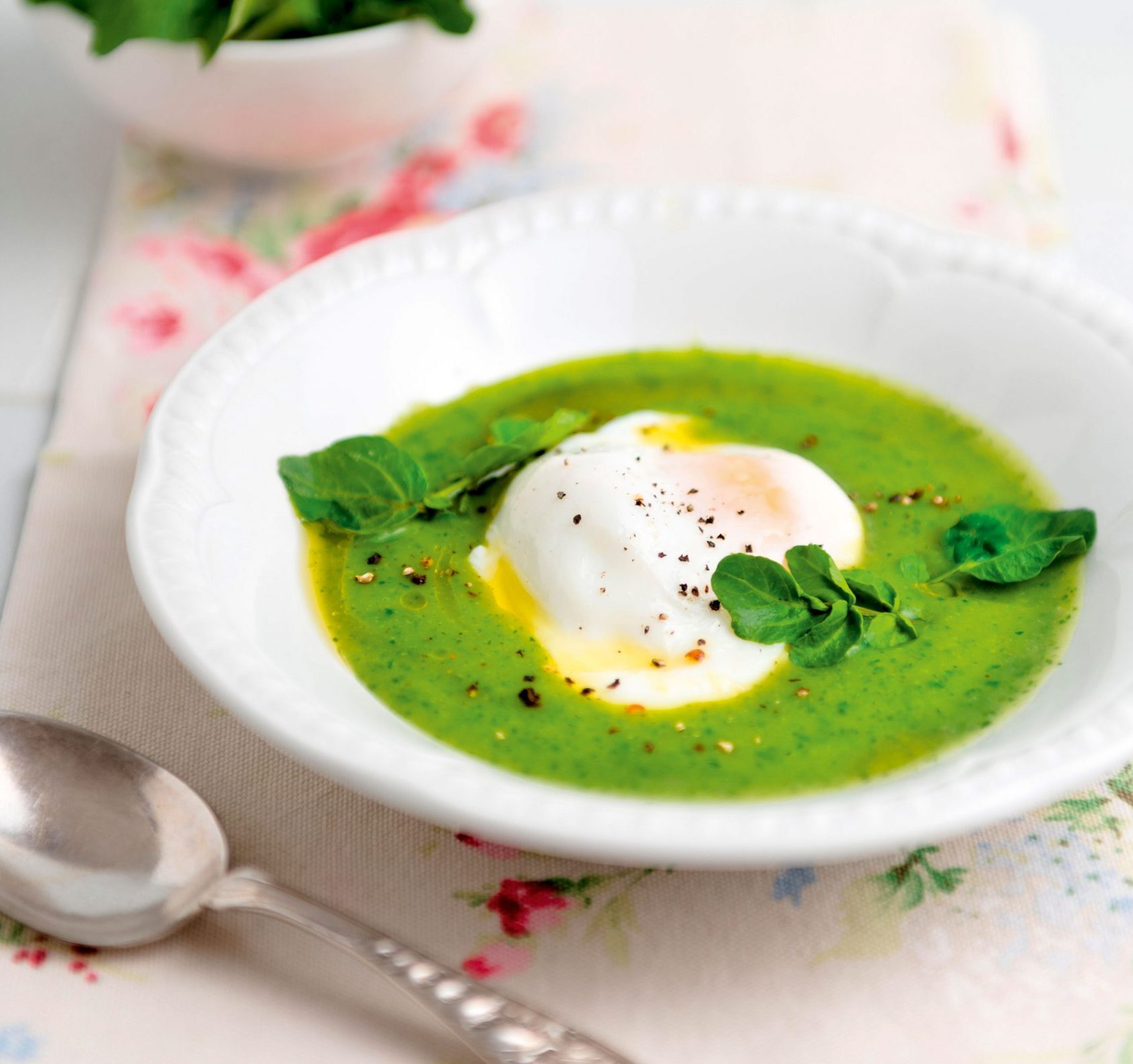

April is not the cruellest month, whatever T. S. Eliot might claim. In fact, I’m with Chaucer on this one, revelling in those ‘sweet showers’ that have ‘pierced the drought of March to the root’. Because this is the month when sap rises, buds unfurl and spring is truly sprung.
Although there’s an inherent April irony, too. Because, despite the arrival of all manner of green and wonderful things, from radishes and rocket to spinach, watercress and salad leaves, this was a period traditionally known as the Hungry Gap. A lean time, when the winter crops had ended (the sprouts, kale and cauliflowers starting to ‘bolt’ into flowers and seeds) and the new season’s plantings were not quite ready to go.
A couple of centuries back, this was a genuine problem, the gap being bridged by cabbage, old potatoes and whatever else remained of the winter’s pickled and potted goods. Hardly the first flush of spring. Now, with the advent of airfreight and vast glasshouses, it’s all but ignored. Yet the gap is very much there, albeit not so momentous. Still, April has much to love.
What's in season in April?
Broccoli; chives; cockles; crab; Jersey Royal new potatoes; lamb; langoustine; lettuce and salad leaves; purple-sprouting broccoli; radishes; rhubarb; rocket; samphire; spinach; spring onions; watercress; wild nettles; wood pigeon
Wild garlic (also known as ramsons), for a start, is one of the year’s greatest ingredients. I love the way that you can smell the plants way before you see them, great verdant carpets of dark-green leaves. For the next couple of months, I use wild garlic on everything: chopped into omelettes, slipped into salads, blitzed into pesto and mixed into gravies. The smell may be pungent, but, given a whiff of heat, the flavour softens and mellows. As the season progresses, those tiny buds form, which can be quickly pickled in white-wine vinegar for a year-round garlicky hit.
This month also sees the start of the Jersey Royal season, its potatoes small, kidney-shaped and earthy — and the first taste of other new varieties, too. This young, you want to do no more than boil them with a sprig of mint and serve them glistening with butter; or lightly crushed and slathered with a sharp vinaigrette. Watercress creeps into season, too, green and peppery — and the star of the recipe below.
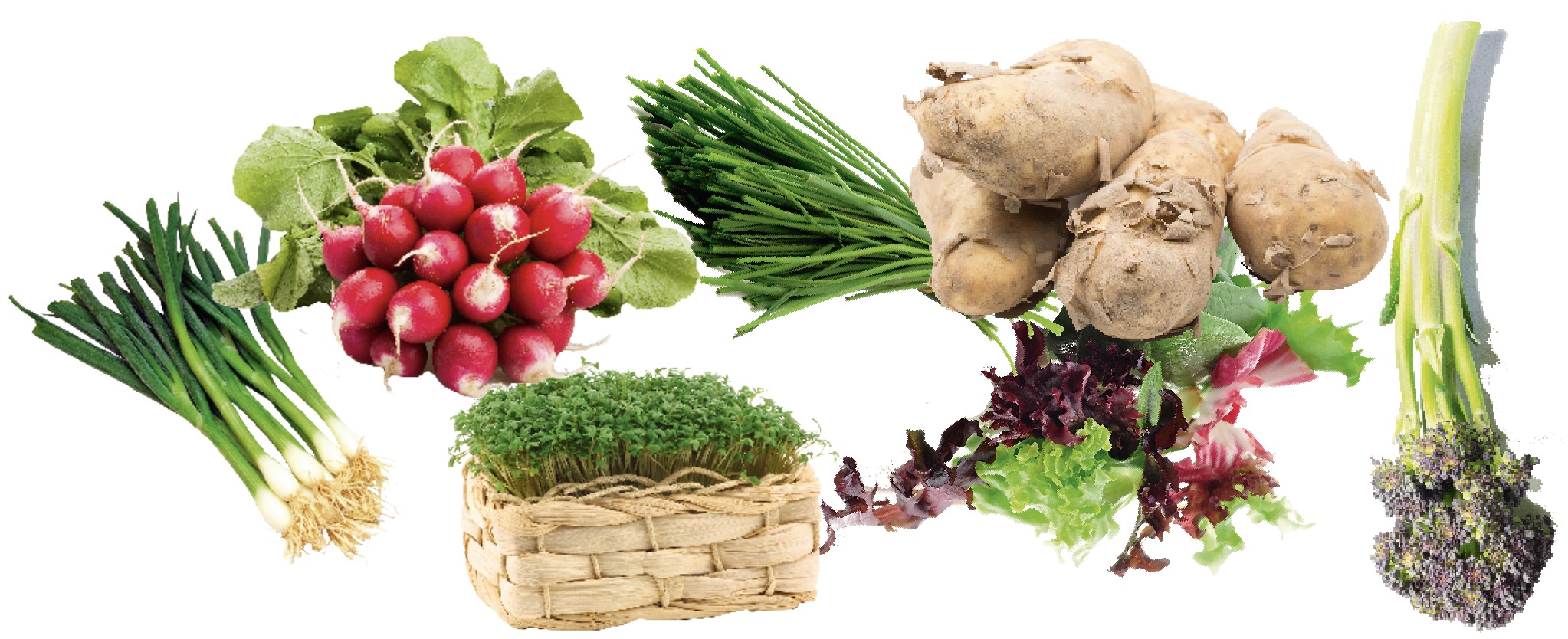
Then, the gulls’ eggs arrive. Hallelujah. Collected from the nests of the black-headed gull, you must hold a Government-issued licence, renewed annually. Very few are given out and holders can only gather a certain number of eggs, at certain times of the day. This makes it a totally sustainable business. The season used to start on April 1 and run until May 15, but, in recent years, things seem a little more vague. Last year, they didn’t lay in time and we had to do without.
Sign up for the Country Life Newsletter
Exquisite houses, the beauty of Nature, and how to get the most from your life, straight to your inbox.
Still, there’s no egg like a gull’s egg: the shell a spearmint green, speckled with chocolate spots, the interior creamy and lusciously rich, the yolk the colour of spun gold. It would be a travesty to do anything other than soft boil them and serve with a pile of celery salt. They may not be exactly cheap (costing up to £10 per egg), but they are one of the true glories of the British year. For how much longer, I’m not sure — taste them while you can, before they go the way of the plover.
Recipe: Watercress soup with croutons and a poached egg
This recipe — pictured at the top of the page — is from Rowley Leigh’s A Long and Messy Business: ‘To this day, it remains an excellent example of how less is more and how often the best concoctions have the fewest ingredients — the watercress, the whole watercress and nothing but the watercress, and, ahem, a bit of potato.’
Ingredients
Serves 6
- 300g large maincrop potatoes, peeled and cut into a very fine dice
- 4–6 bunches of watercress
- 100g butter
- 3 slices of white bread, crusts removed, cut into neat cubes of less than 1cm
- Wine vinegar, for cooking the eggs
- 6 eggs
- Salt
Method
Rinse the potatoes in cold water, then put them in a saucepan with 1½ litres cold water. Bring the water to a simmer, add a generous pinch of salt and simmer for five minutes. Remove from the heat and set aside, but do not drain.
Cut away the bottom half of the watercress stalks, rinse the rest in cold water, then dry. Heat a large, heavy saucepan until very hot. Throw in one quarter of the butter, then quickly follow with the watercress to prevent the butter burning. Season with a pinch of salt and, as soon as the watercress has wilted, add the potatoes and their water. Bring back to the boil, then turn down and simmer for two minutes. Blend the soup until it is a deep-green colour with no flecks.
Melt the remaining butter in a frying pan and add the cubes of bread. On a high heat, turn the croutons constantly, shaking the pan and turning with a slotted spoon to colour evenly. Once golden brown, drain them, saving the butter.
Bring a deep saucepan to the boil. Add a capful of wine vinegar. Carefully break each egg into a cup. Gently reheat the soup and have six warm bowls ready. Bring the water back to boil and slip in the eggs. As soon as they are cooked, keeping them nicely runny in the middle, lift them out with a slotted spoon.
To serve, pour the very hot soup into bowls, slip in an egg and sprinkle a few croutons on top. A teaspoon of the butter can be poured over each egg.
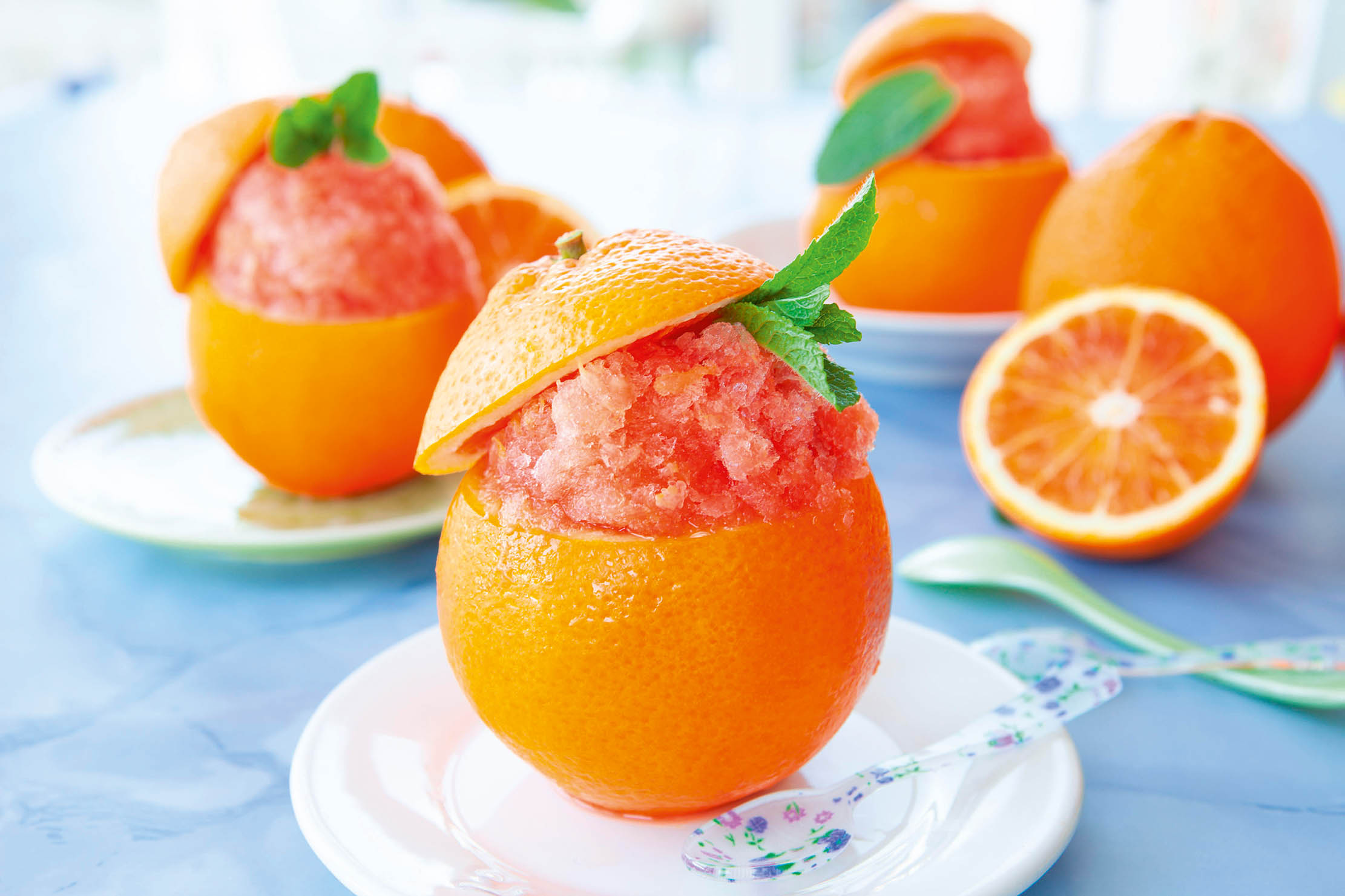
How to eat seasonally in January
Throughout the year, Tom Parker Bowles will be sharing his advice on how to eat seasonlly, month-by-month. We kick things
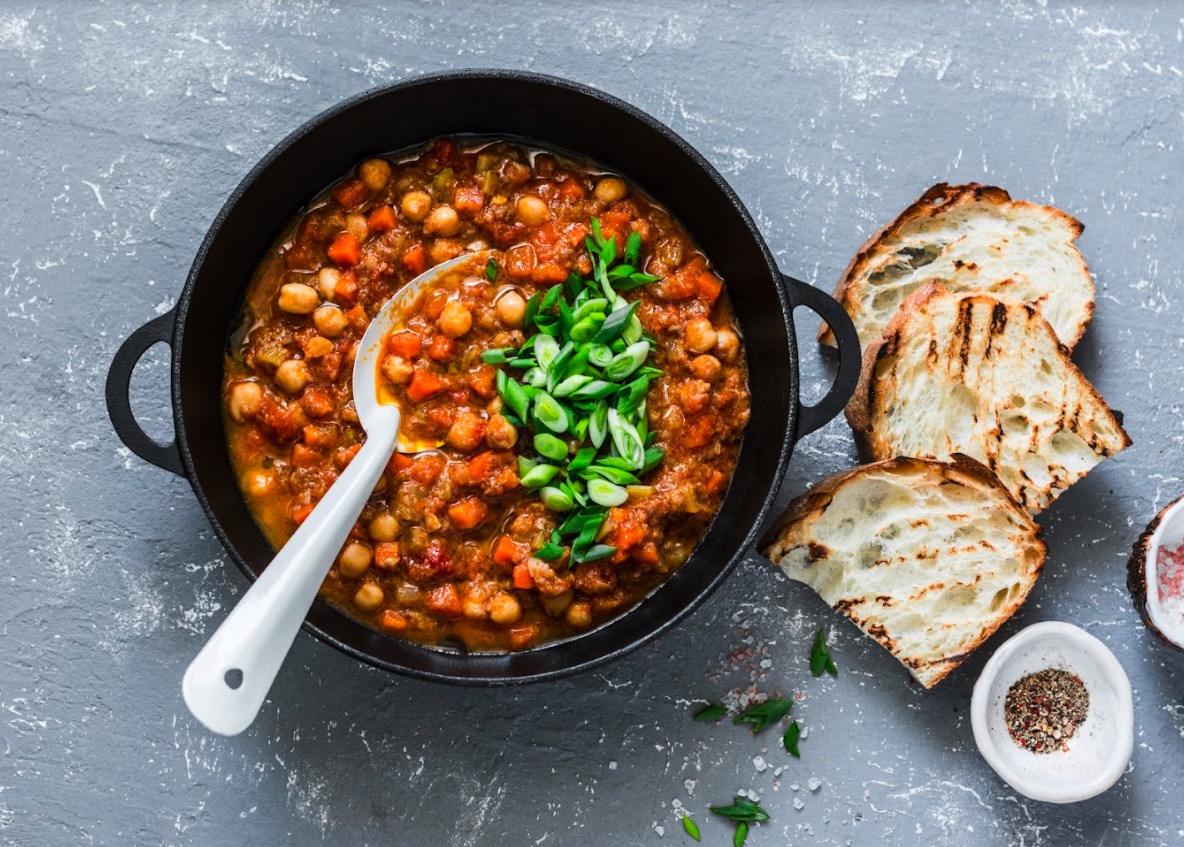
Credit: Getty
How to eat seasonally in March: Tom Parker Bowles shares tips and recipes
Eating seasonally in March is a real treat, as Tom Parker Bowles explains.
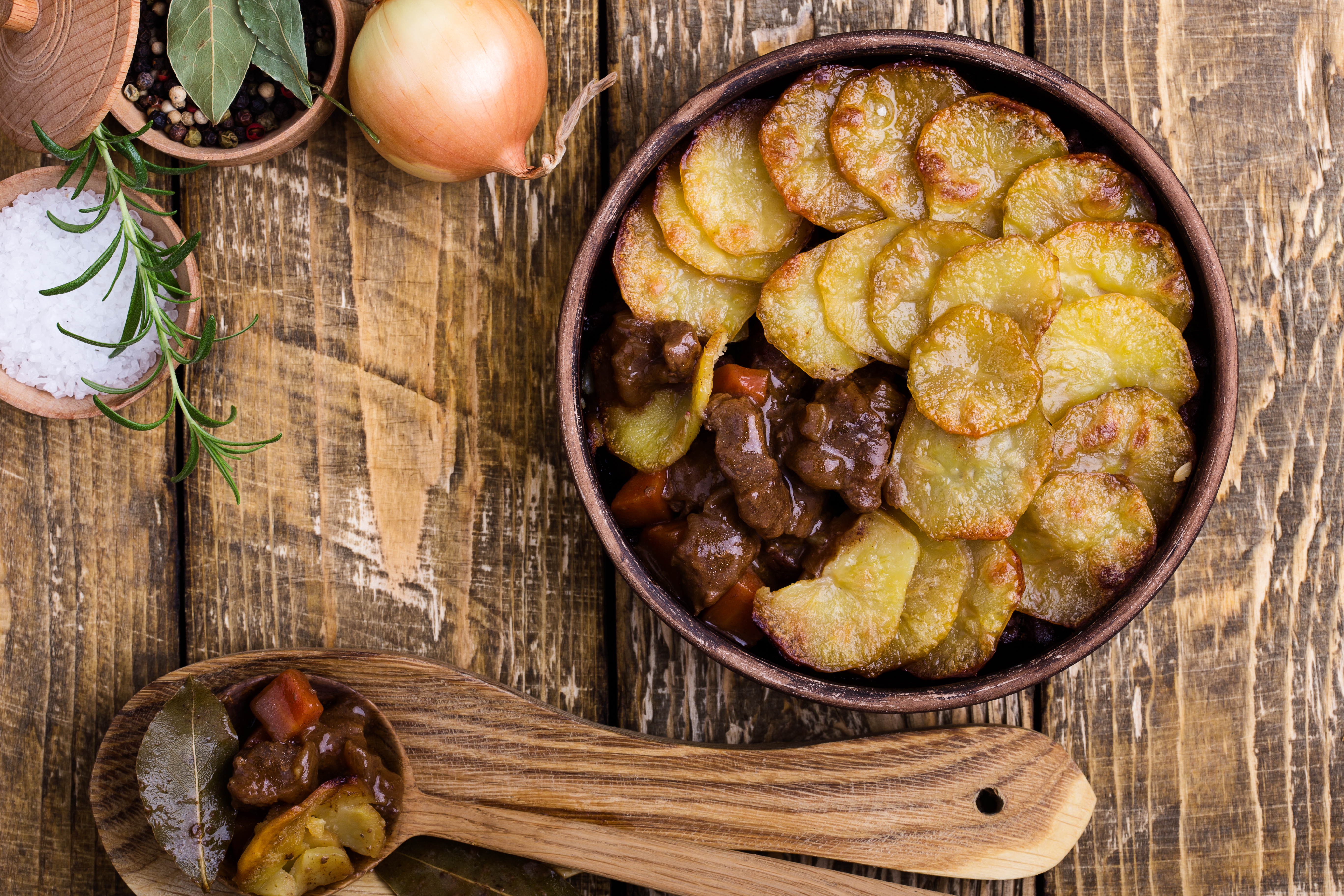
How to eat seasonally in February, by Tom Parker Bowles
February may be grim, but it’s never, ever dull says Tom Parker Bowles — especially if you know what to
Tom Parker Bowles is food writer, critic and regular contributor to Country Life.

